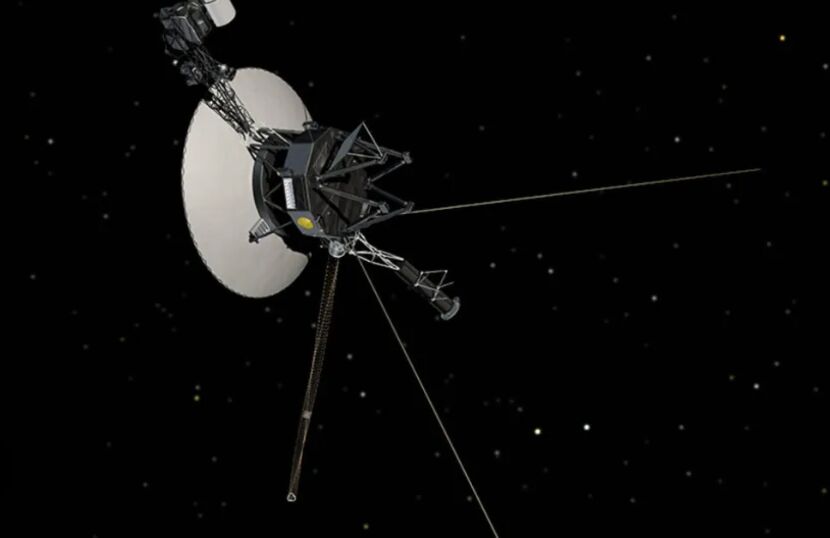Voyager 2's Miraculous Return: NASA Restores Contact with Legendary Probe
NASA's Voyager 2 probe, which lost contact with Earth due to an antenna shift, has successfully sent a signal back to Earth earlier than expected, boosting hopes for continued exploration beyond our solar system.
NASA's Voyager 2 probe, launched in 1977, has successfully sent a heartbeat signal to Earth after a temporary loss of contact, the US space agency announced on Tuesday.
A series of commands sent to the spacecraft on July 21 caused its antenna to shift two degrees away from Earth, rendering it unable to transmit data or receive commands.
Although the situation wasn't expected to be resolved until an automated re-orientation maneuver on October 15, NASA was able to restore contact earlier than anticipated. The Voyager team enlisted the help of the Deep Space Network, which successfully picked up the carrier signal from the spacecraft.
This development has buoyed spirits and the team is now working on generating a new command to point the spacecraft antenna towards Earth. However, there is only a low probability of it working. The Voyager missions have been part of the NASA Heliophysics System Observatory since they left the heliosphere, the protective magnetic bubble provided by the Sun, in 2018.
Voyager 2 has traveled beyond our solar system, exploring Jupiter, Saturn, Uranus, and Neptune. It currently remains operational and will continue to transmit scientific data until its power banks are depleted, which is expected to happen after 2025. After that, the Voyager probes will continue to drift through the Milky Way indefinitely.




